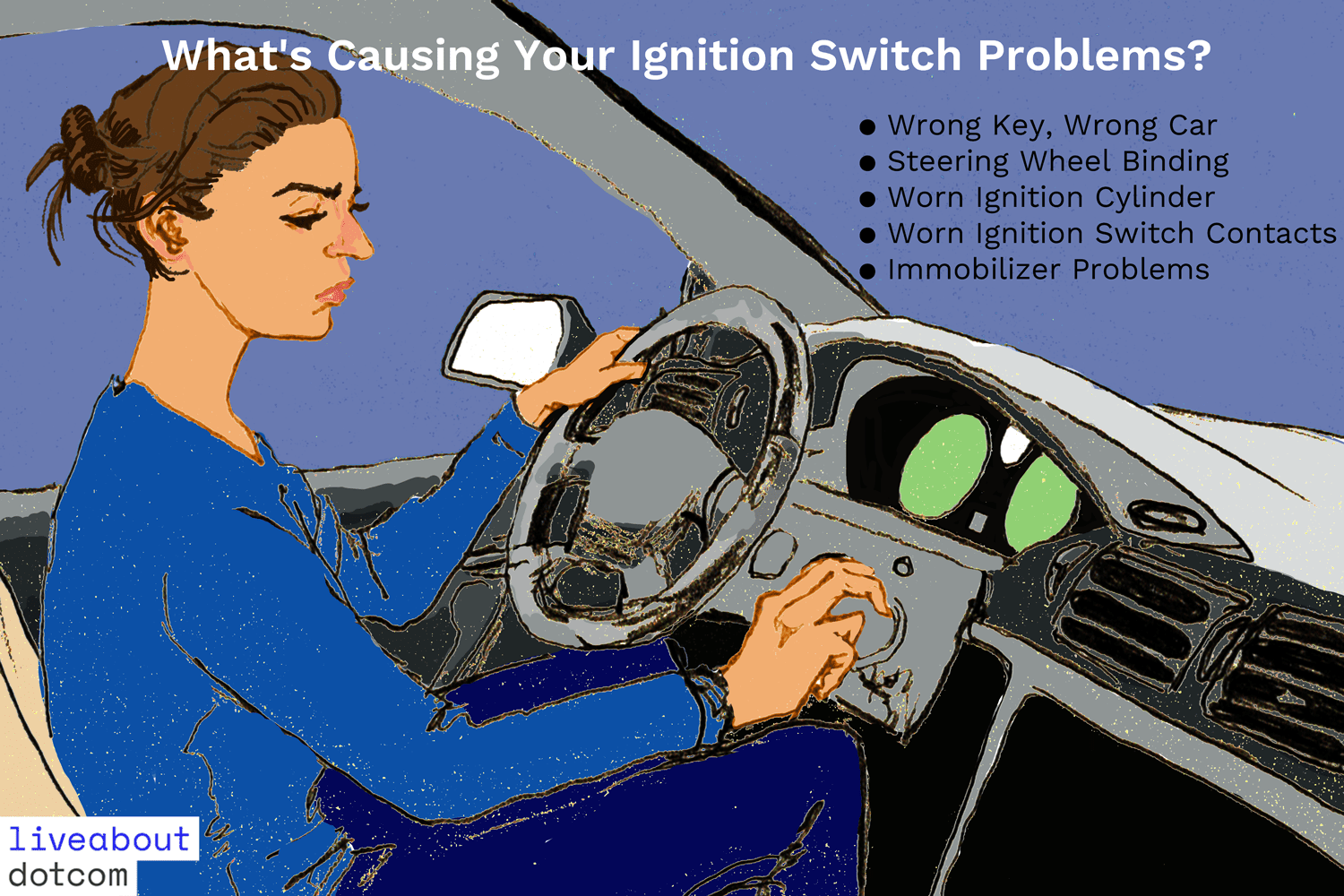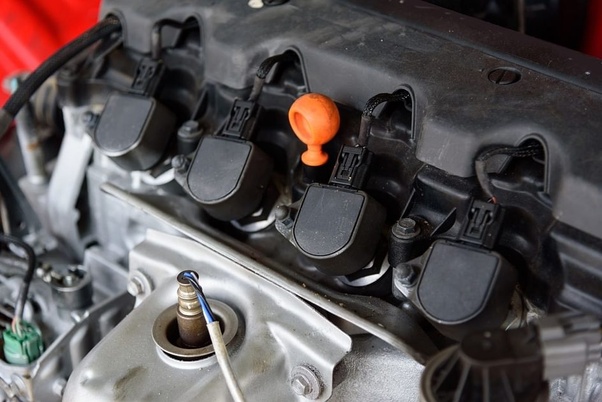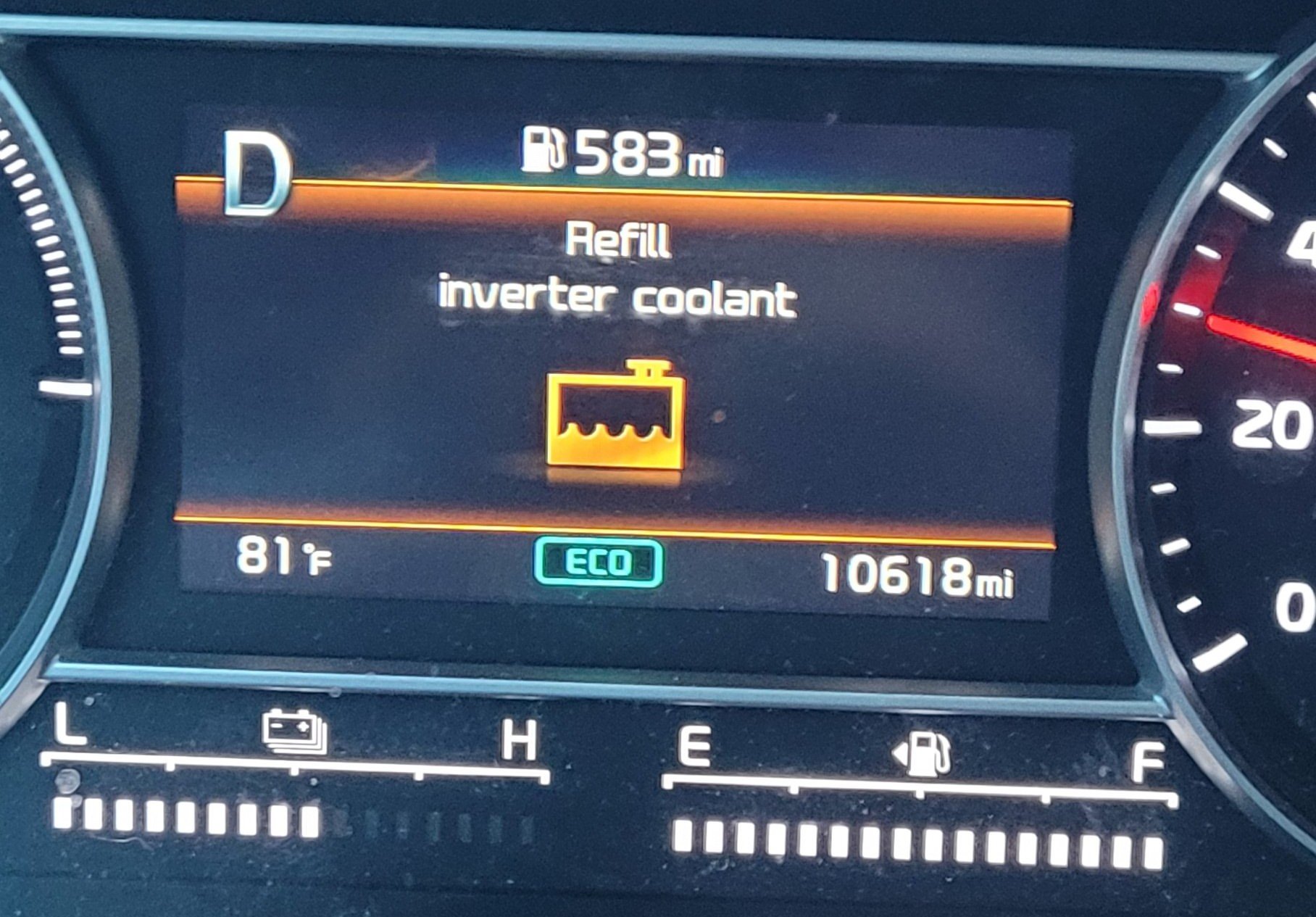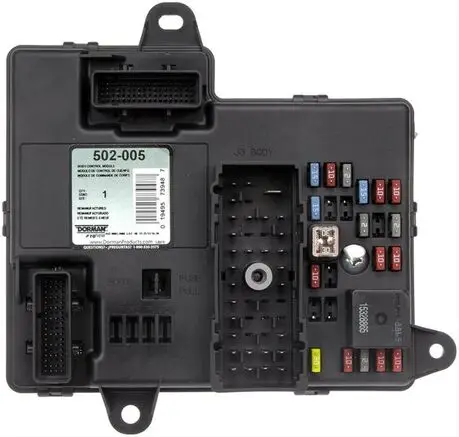Can a Bad Ignition Switch Cause Transmission Problems
A bad ignition switch can indirectly lead to transmission issues. This component’s failure can disrupt electrical power needed for smooth transmission operation.
Understanding the role of a vehicle’s ignition switch is critical for diagnosing potential automotive issues. The ignition switch plays a pivotal role in powering various car systems, including the transmission’s electrical components. Although primarily associated with starting the engine, its functionality extends to ensuring that the electronic elements of the transmission receive consistent voltage.
Should the ignition switch malfunction, it might not just prevent your car from starting, but also create erratic behavior in the transmission due to inconsistent power supply. Car owners must recognize the importance of a well-functioning ignition switch to maintain optimal vehicle performance and mitigate the risk of transmission problems. Regular maintenance checks can help in identifying early signs of a faulty ignition switch, safeguarding against more significant mechanical failures.
Symptoms Of A Failing Ignition Switch
The ignition switch is a vital component of your vehicle, initiating the engine’s starting process. While it might not be intuitive, a problematic ignition switch can adversely affect the transmission. Distinct symptoms help diagnose a failing ignition switch, and being alert to these signs can prevent more extensive damage to your car.
Intermittent Vehicle Stalling
A clear sign of trouble is when your vehicle stalls without warning. This occurs because a defective ignition switch may intermittently cut off power to the fuel and ignition systems. The result can mimic transmission problems, as the vehicle might hesitate or stall during operation.
- Engine cuts off while driving
- Sudden loss of power to the vehicle’s systems
- Car stalling at stop signs or red lights
Unexpected Electrical Issues
Electrical anomalies often accompany a failing ignition switch. The switch acts as a gatekeeper for power distribution. Should it malfunction, essential components, including those related to the transmission, may not receive power consistently.
| Electrical Component | Impact of Failing Ignition Switch |
|---|---|
| Dashboard Lights | Flickering or failure to illuminate |
| Radio | Turns off or loses settings |
| Headlights | Dimming or sudden shutoff |
Erratic behavior of dashboard lights or accessories like the radio and headlights should be a call to inspect the ignition switch. A faulty switch can lead to unpredictable power disruptions, affecting overall vehicle performance.
Ignition Switch And Transmission Connection
The connection between the ignition switch and the transmission plays a vital role in the seamless operation of a vehicle. Understanding how these components interact helps in diagnosing automotive problems precisely, including whether a bad ignition switch can incite transmission issues.
Role Of The Ignition Switch In Vehicle Operation
The ignition switch serves as the starting point for a vehicle’s journey. It is the gateway for power to vital systems required for the car to operate.
- Activates main electrical systems: When turned, it powers up engines, lights, and the dashboard.
- Essential for starting the car: It triggers the starter motor that cranks the engine.
Electrical Signaling Between Ignition And Transmission
A direct link exists between the ignition system and the transmission in modern vehicles.
Electrical pathways allow communication from the ignition switch to the transmission. Signals dictate whether the car can start or shift gears.
| Ignition Position | Transmission Response |
|---|---|
| Off | Locks gear |
| On | Unlocks gear for start-up |
A faulty ignition switch may disrupt this signaling, leading to transmission glitches or failure to engage properly.
Potential Impact On Transmission Performance
The performance of your vehicle’s transmission can be significantly affected by the health of its ignition switch. While not widely known, the ignition switch plays a pivotal role in a car’s operability, including its shifting behaviors. Let’s break down how a faulty ignition switch might cause havoc on transmission performance.
Delayed Transmission Response
When you turn the key in your car’s ignition, you expect immediate results. A worn ignition switch might lead to delayed communication between the car’s key systems. Here are the signs to watch out for:
- Sluggish Start: The car struggles to start, and the transmission takes longer to engage.
- Hesitation: Once running, the vehicle stalls before the transmission responds.
- Power Gap: The engine revs, but the car doesn’t move promptly as the transmission lags behind.
Transmission Shifting Irregularities
Shifting gears should be smooth and predictable. A malfunctioning ignition switch disrupts this process. Below are problems that may arise:
- Inconsistent Shifting: The car changes gears unexpectedly or refuses to shift at all.
- Unexpected Neutral: The transmission slips into neutral, causing a loss in drive power.
- Jerky Movements: Gear shifts are jarring rather than smooth, leading to an uncomfortable ride.

Credit: www.carparts.com
Diagnosing Transmission Problems Linked To Ignition Switch
A car’s ignition switch performs a critical role. It sends a power signal to start your car’s engine. But, could it also affect your transmission? Let’s explore how these seemingly unrelated parts might connect, especially focusing on symptoms and methods to diagnose transmission issues that your vehicle might exhibit.
Troubleshooting Electrical Components
If a vehicle starts unpredictably or not at all, checking the electrical components is vital. Transmission problems might be a side effect of ignition switch issues.
- Inspect fuses related to the ignition circuit.
- Check wiring for damage or corrosion.
- Use a multimeter to test the ignition switch for continuity.
- Ensure battery connections are tight and corrosion-free.
By doing these steps, you can often pinpoint if an ignition switch problem might lead to transmission glitches.
Professional Diagnostic Techniques
Sometimes diagnosing car problems demands professional tools and expertise.
- Technicians use a OBD-II scanner to read fault codes.
- They perform a detailed inspection of the ignition system.
- Specialized tests can check the health of the transmission.
Rely on a certified mechanic to ensure your diagnosis is accurate and complete.
Repair And Prevention Strategies
Vehicle malfunctions often catch drivers off guard, but understanding and fixing a bad ignition switch can avoid further transmission issues. Grasping the nuances of ignition switch failure might save your transmission from undue stress. Prepare to tackle repair strategies and equip yourself with prevention tips.
Replacing A Faulty Ignition Switch
A faulty ignition switch needs immediate attention. Delayed action might translate to costly transmission repairs. Here’s a step-by-step guide to ignition switch replacement:
- Disconnect the negative battery cable.
- Remove steering column covers to access the switch.
- Mark wiring for easy reassembly.
- Uninstall the old switch and replace it.
- Reconnect the battery and test the new setup.
Choose a certified mechanic to tackle complex electrical systems if you’re not comfortable doing it yourself.
Regular Maintenance Tips
Regular checks and balances keep your vehicle’s ignition and transmission in top shape. Follow these maintenance tips to prevent issues:
- Conduct a routine vehicle inspection every six months.
- Change engine oil regularly to maintain engine health.
- Check your ignition system components, including the switch, for wear and tear.
- Maintain a record of repairs to spot recurring problems.
- Listen for unusual noises when starting the car.
Professional servicing covers deeper diagnostics and is essential to long-term vehicle upkeep.
Credit: www.quora.com
Real-world Examples
Let’s dive into some real-life situations where bad ignition switches caused havoc on the road. People often overlook the ignition switch’s role. But, these stories will show its impact on transmission and the pocket.
Case Studies
Drivers report strange occurrences with their vehicles. These issues often start small. A flicker of dashboard lights or an unexpected stall. Then the real trouble begins.
- A sedan wouldn’t shift out of park. A mechanic pinpointed a faulty ignition switch.
- An SUV kept rolling after being turned off. Its worn ignition switch did not signal the transmission to lock.
- A pickup truck randomly downshifted on the highway. A subsequent investigation revealed ignition switch failure.
Cost Implications Of Ignition Switch Failures
Replacing an ignition switch ranges from budget-friendly to costly. The vehicle’s make and model factor in, as well as labor charges.
| Vehicle Type | Part Cost | Labor Cost | Total Cost |
|---|---|---|---|
| Economy Car | $50-$150 | $75-$100 | $125-$250 |
| Luxury SUV | $200-$500 | $150-$300 | $350-$800 |
| Performance Truck | $300-$600 | $100-$200 | $400-$800 |
These numbers don’t include additional transmission repairs. An early fix prevents more damage and saves money.

Credit: www.autotechiq.com
Frequently Asked Questions On Can A Bad Ignition Switch Cause Transmission Problems
Can An Ignition Switch Affect Transmission?
Absolutely, a faulty ignition switch can impact the transmission. Erratic power supply can cause gear shifting problems or even prevent the vehicle from moving altogether.
What Are Signs Of Ignition Switch Issues?
Key indicators include stalling, difficulty in starting, flickering dashboard lights, and unexpected power loss. Any of these can hint at an ignition switch problem.
How Does A Bad Ignition Switch Cause Car Trouble?
A bad ignition switch can lead to intermittent power flow. This disrupts the car’s computer, affecting the engine, transmission, and other vital systems.
Will Changing The Ignition Switch Improve Transmission?
If transmission issues stem from an ignition switch defect, changing it can restore proper vehicle operation. It’s a potential solution worth exploring.
Conclusion
Understanding the link between your ignition switch and transmission is vital for vehicle health. A faulty switch can indeed disrupt transmission function. Regular maintenance helps prevent such issues. For a smooth ride, address ignition problems promptly. Keep your car’s performance top-notch with timely checks and repairs.





